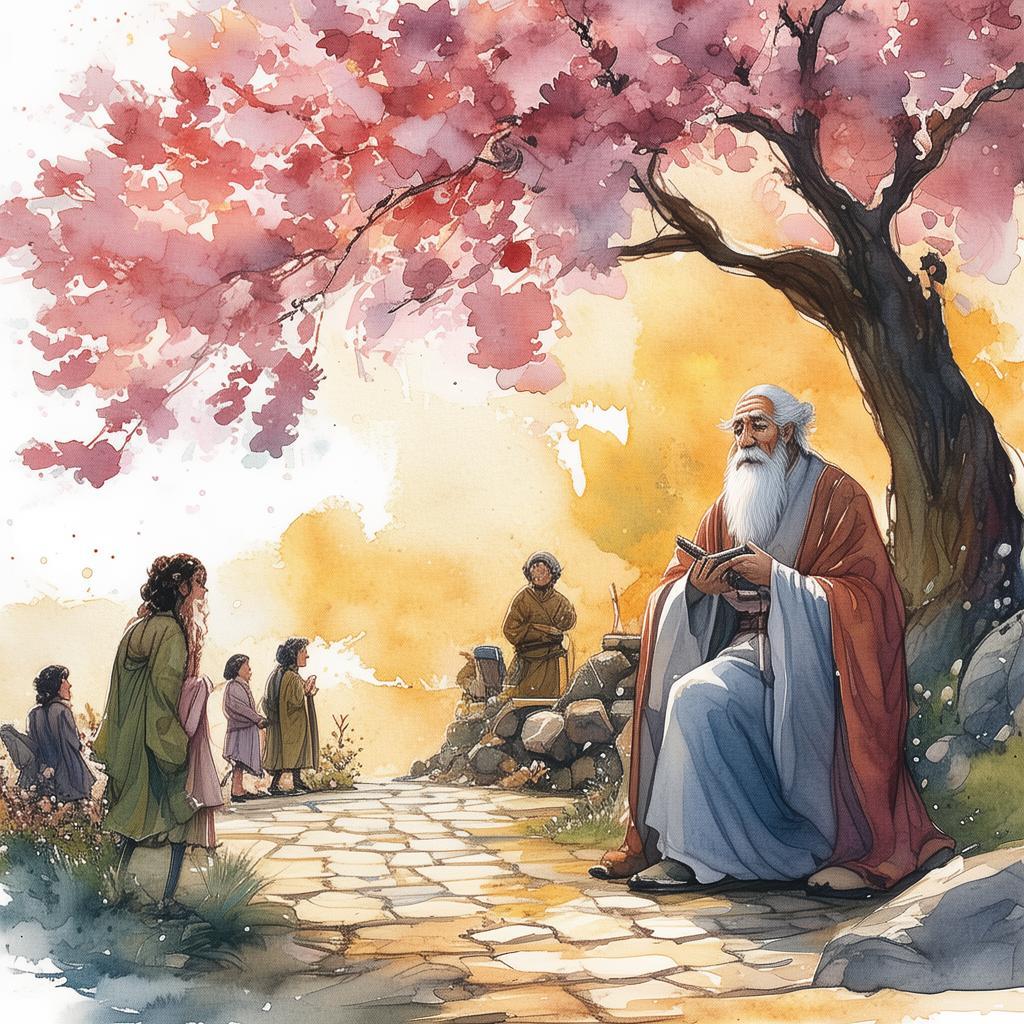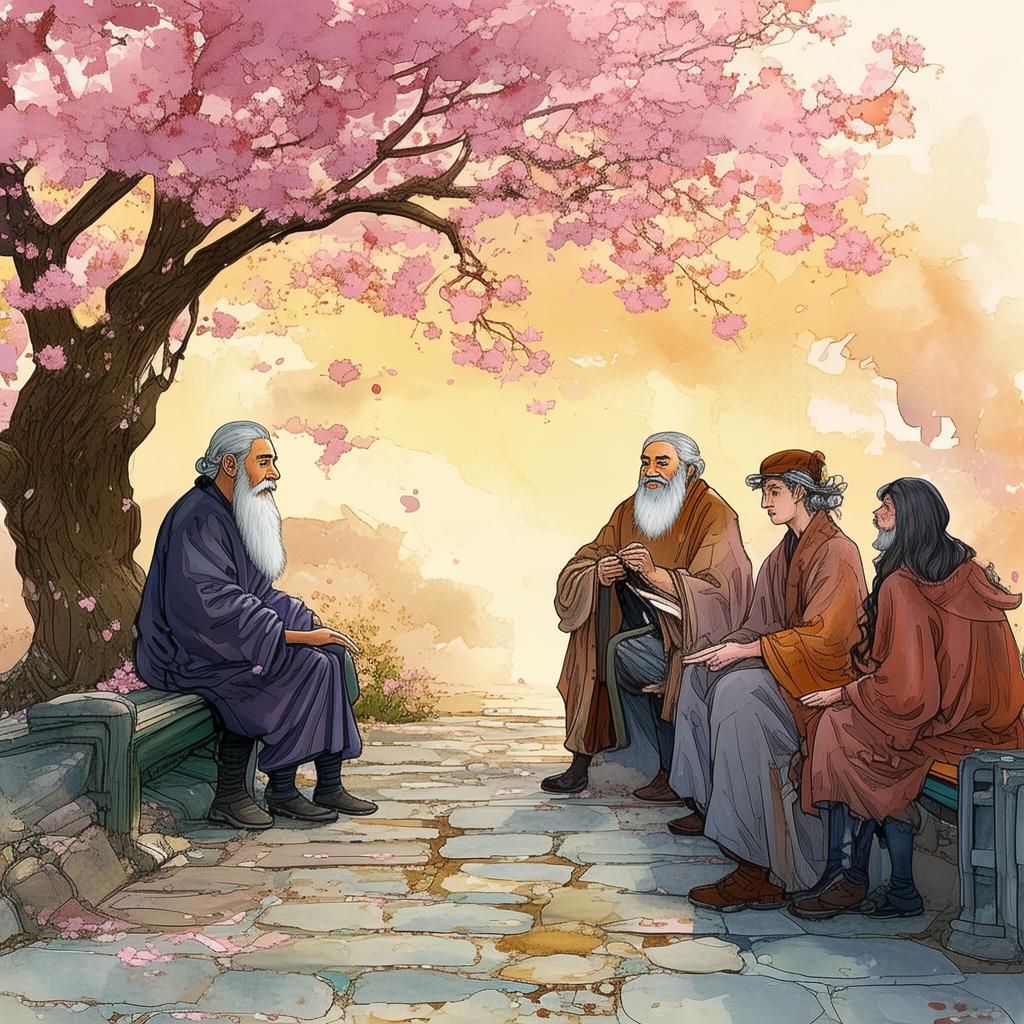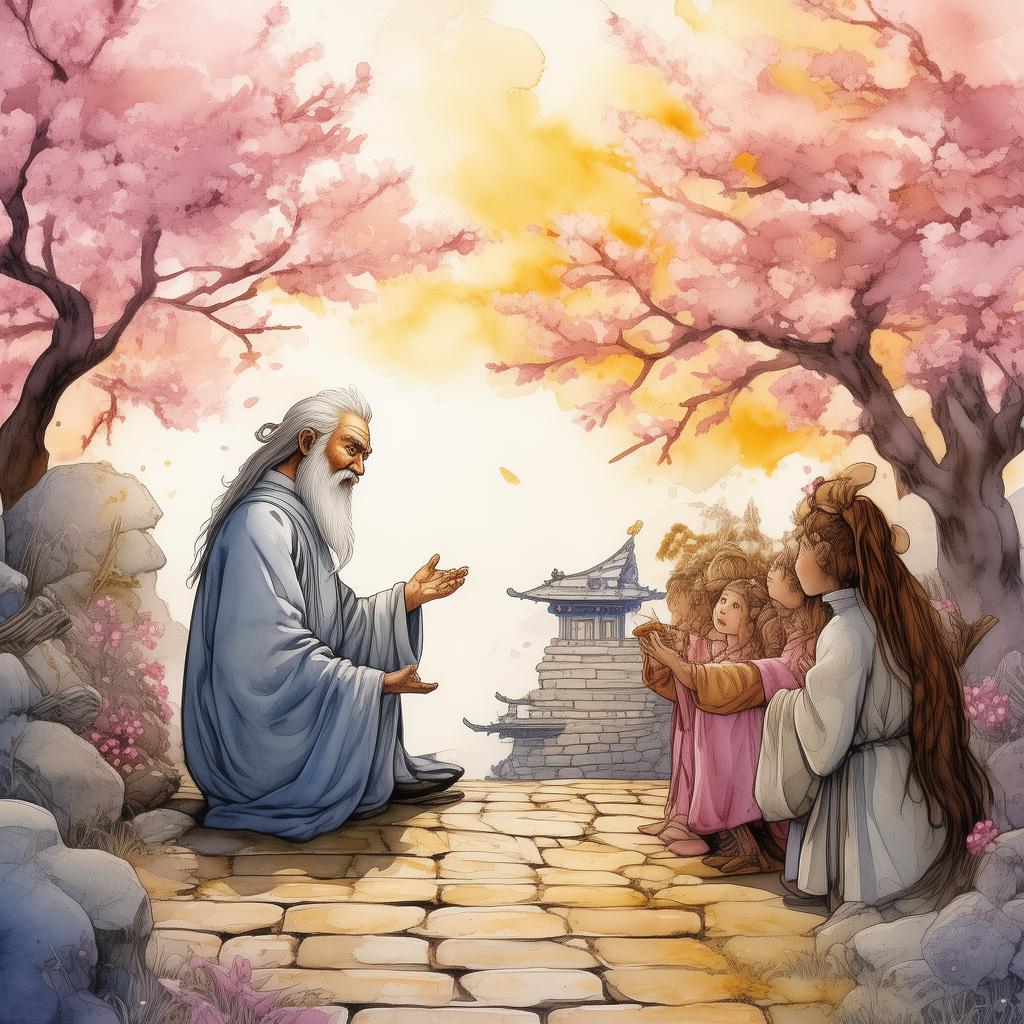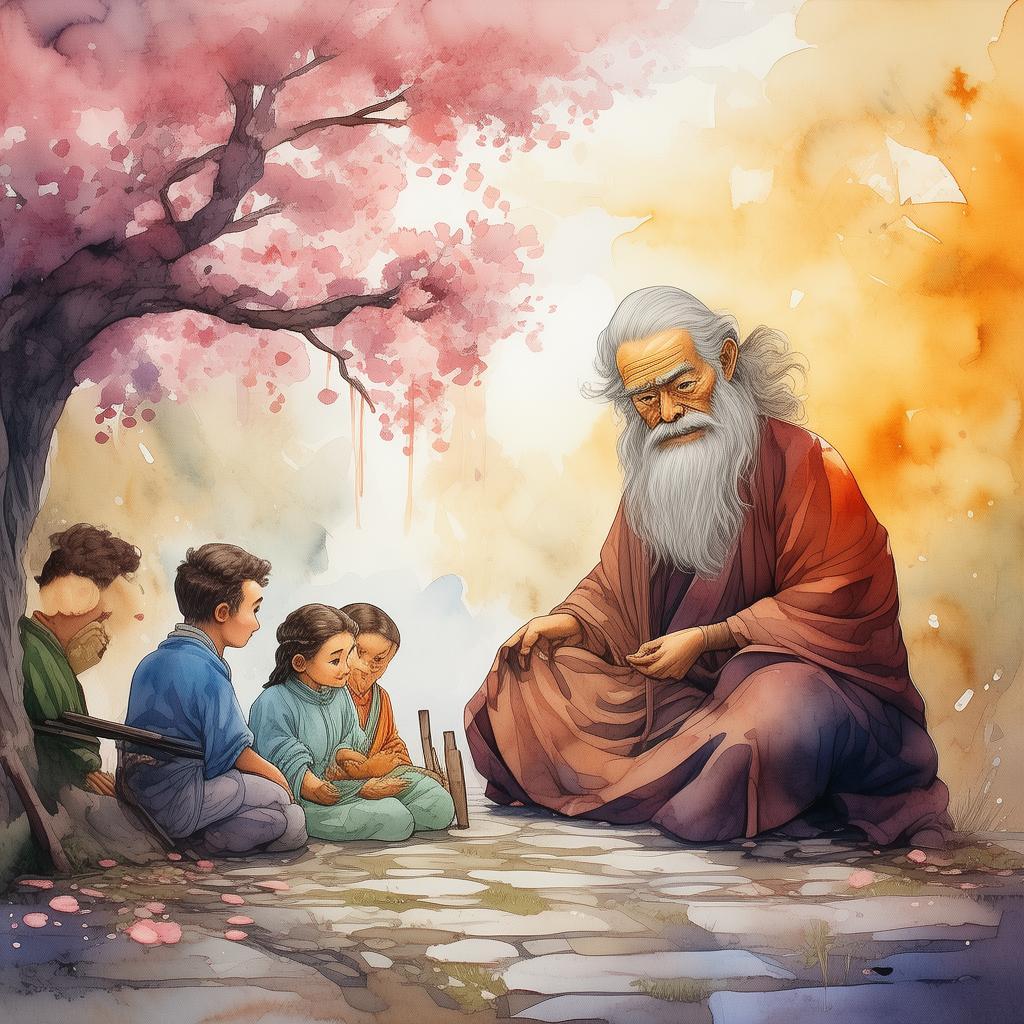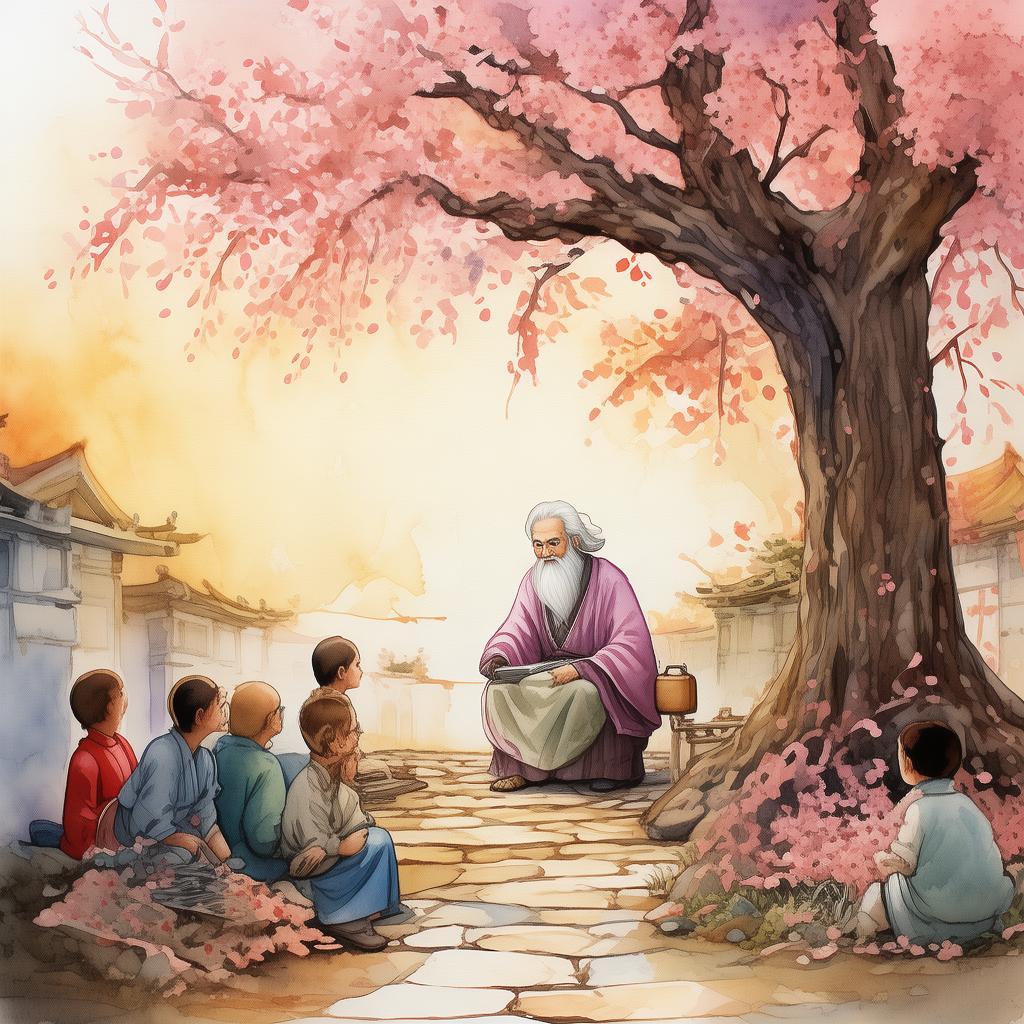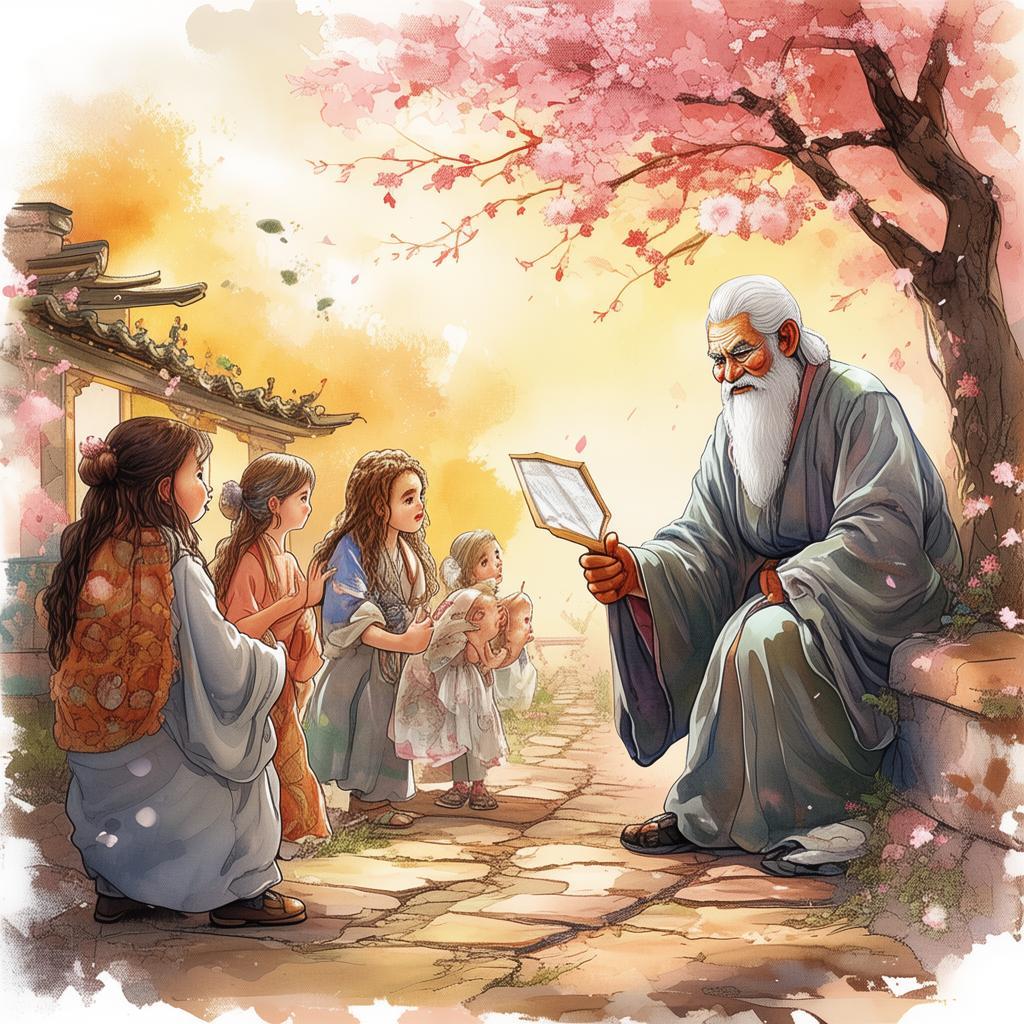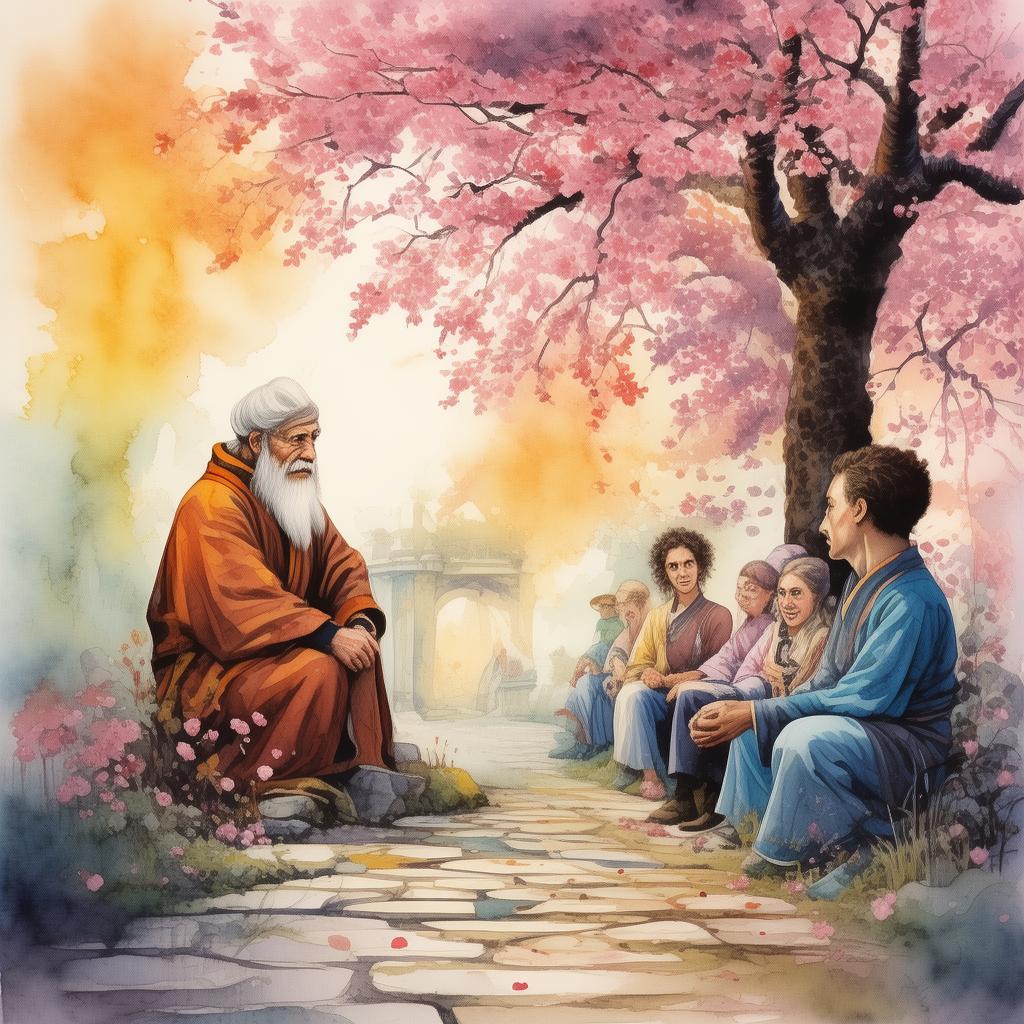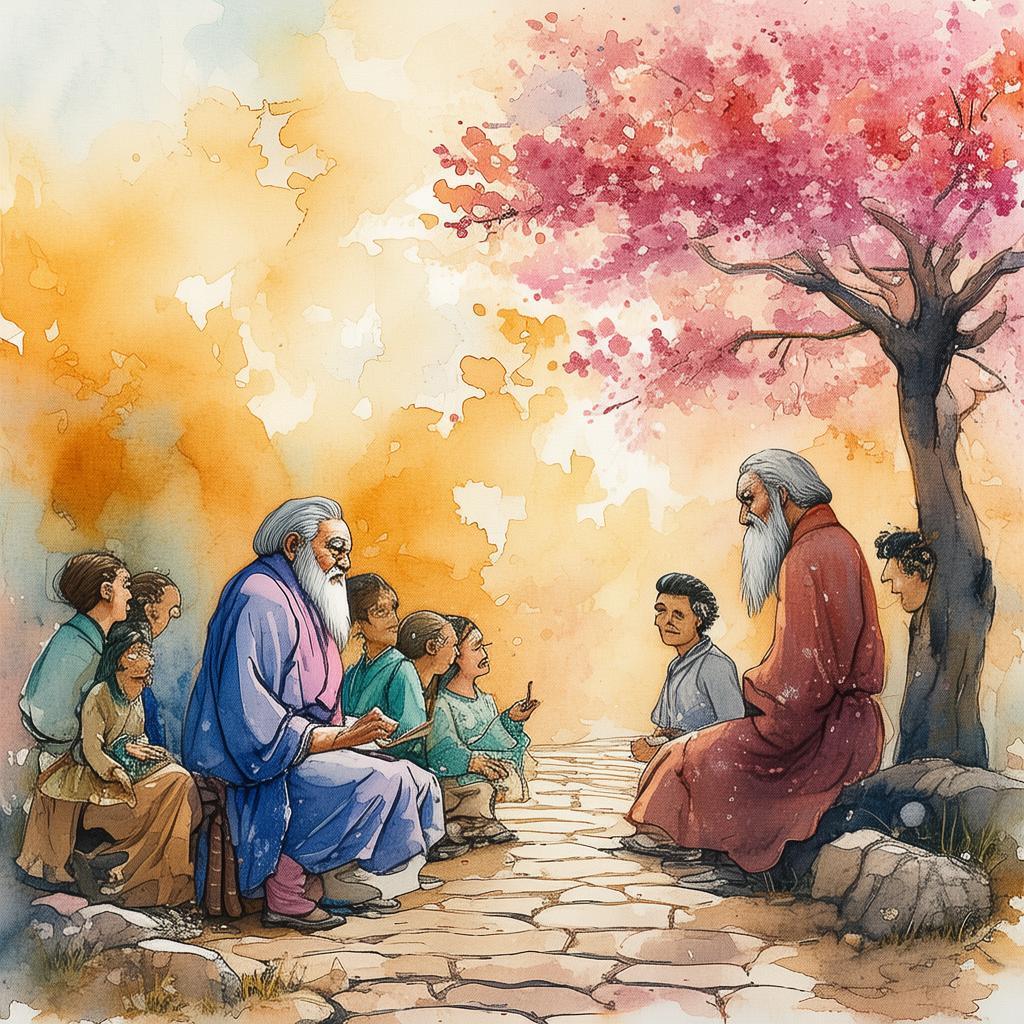The Phoenix's Perilous Path: A Tale of Renovation and Resilience
In the heart of ancient China, amidst the bustling city of Chang'an, there stood a serene bamboo garden known as the "Bamboo Garden of the Cultural Phoenix." This was no ordinary garden; it was a place where history and nature intertwined, a sanctuary for those seeking peace and reflection. Over the centuries, the garden had witnessed the rise and fall of dynasties, but it remained a steadfast symbol of resilience and the enduring spirit of the Chinese culture.
One crisp autumn morning, a young architect named Lin Wei found himself amidst the towering bamboo stalks, his heart brimming with excitement and trepidation. He had been commissioned to renovate the garden, a task that would not only restore its former glory but also delve into the rich tapestry of its past. Lin Wei was no stranger to the beauty of bamboo; his father had been a master craftsman, a man whose hands had shaped the very essence of the garden's existence.
As Lin Wei began his work, he uncovered a hidden door in an ancient pavilion. His heart raced with anticipation as he pushed the heavy door open to reveal a dimly lit chamber. In the center of the room was a small, ornate box, its surface covered in intricate carvings of phoenixes and bamboo. It was a relic of the past, an artifact that held secrets untold.
Lin Wei's curiosity led him to research the box's origins, and he discovered that it was a treasure of the Cultural Phoenix, a mythical creature that symbolized the harmony of nature and culture. The artifact was said to possess the power to revitalize the garden and restore its former splendor. But it also carried a curse; those who sought to wield its power without understanding its true nature would face perilous consequences.
With the garden's fate in his hands, Lin Wei decided to embark on a journey to uncover the artifact's true purpose. He sought the guidance of the garden's oldest gardener, an old man whose eyes held the wisdom of ages. The gardener, recognizing Lin Wei's genuine intent, shared tales of the Cultural Phoenix and its legend, explaining that the artifact was a symbol of the balance between the natural world and human endeavors.
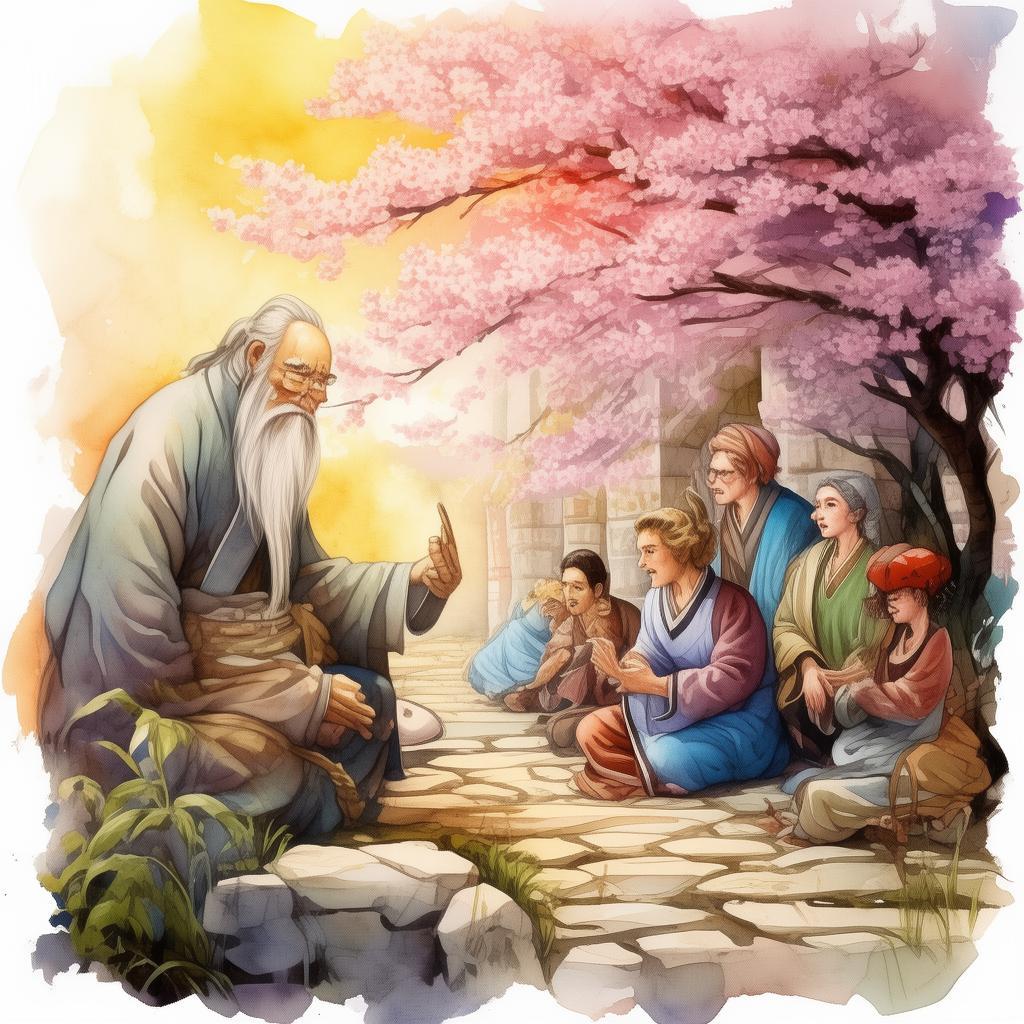
As Lin Wei delved deeper into the garden's history, he realized that the bamboo represented the strength and flexibility of the Chinese spirit, while the phoenix symbolized the transformative power of culture and tradition. The garden itself was a testament to the resilience of the human spirit in the face of adversity.
One evening, as the sun dipped below the horizon, casting a golden glow over the garden, Lin Wei stood before the artifact. He felt a strange connection to the box, as if it were calling to him. With a deep breath, he opened the box and was enveloped in a blinding light. When his eyes adjusted to the darkness, he found himself standing in the heart of the bamboo forest, surrounded by ancient carvings and artifacts.
In this vision, Lin Wei saw the Cultural Phoenix arise from the ashes of a great fire, its feathers shimmering with colors of the rainbow. The phoenix spoke to him, its voice a gentle breeze that whispered through the bamboo stalks. "To restore my garden, you must embrace the balance between nature and culture, for it is only through understanding and respecting both that true harmony can be achieved."
Lin Wei awoke from his vision, the artifact now warm in his hands. He realized that the renovation of the garden was not just about restoring its physical beauty but also about preserving the cultural heritage that had been passed down through generations. With newfound determination, he set to work, integrating the lessons of the Cultural Phoenix into the garden's design.
The garden's rebirth was a marvel to behold. The bamboo grew taller and stronger, and the pavilions were adorned with intricate carvings of phoenixes and bamboo, telling the story of the garden's rebirth. Lin Wei stood amidst the transformed garden, feeling a profound sense of fulfillment. He had not only restored the garden but had also found a deeper understanding of his own cultural heritage.
As the years passed, the Bamboo Garden of the Cultural Phoenix became a place of pilgrimage for those seeking to reconnect with their roots. Lin Wei's journey had not only saved the garden but had also inspired a new generation to cherish and preserve their traditions.
In the end, the tale of the Bamboo Garden of the Cultural Phoenix served as a powerful reminder of the resilience of the human spirit and the importance of maintaining a balance between nature and culture. It was a story that would be told for generations, a testament to the enduring power of tradition and the transformative power of self-discovery.
✨ Original Statement ✨
All articles published on this website (including but not limited to text, images, videos, and other content) are original or authorized for reposting and are protected by relevant laws. Without the explicit written permission of this website, no individual or organization may copy, modify, repost, or use the content for commercial purposes.
If you need to quote or cooperate, please contact this site for authorization. We reserve the right to pursue legal responsibility for any unauthorized use.
Hereby declared.
